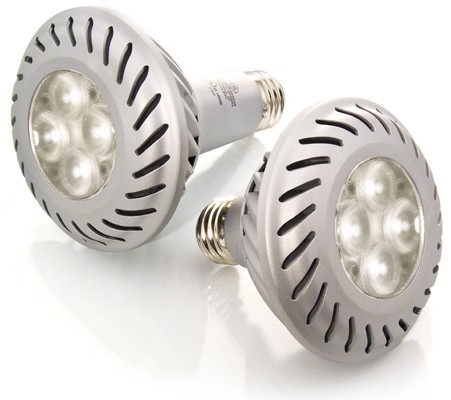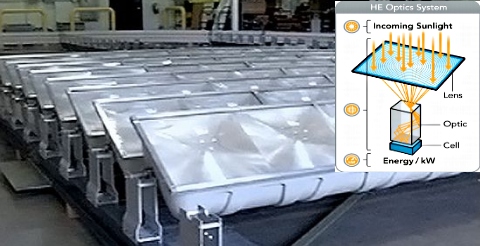Wednesday, August 5, 2009, 10:40 AM
Posted by Administrator
Posted by Administrator

We all know that CFL lights, the compact florescent spiral bulbs, are more efficient and are supposed to save us money. There were some issues with the early versions, but currently are living up to expectation most of the time. So now that the bugs are mostly gone and we are all used to them, we are being encouraged to adopt the LED technology. So here is the question - Which one is really better for the environment and uses less energy over its entire life.
The amount of energy used to actually light the bulb isn't necessarily the whole measure of energy efficiency. There's also the small matter of producing the bulb, shipping it around the world, and eventually disposing of it.
With that in mind, the Siemens Corporate Technology Centre for Eco Innovations conducted a study that compared regular compact fluorescents to LED lamps -- using one 25,000-hour LED lamp as a constant, compared to 2.5 10,000-hour compact fluorescents (and 25 1,000-hour incandescents).
While it's still holding back on some of the finer details, the group did apparently find that LEDs are about equal to compact flourescents when the entire lifecycle of the bulb is taken into account, although it is quick to point out that LEDs should eventually win out as they become more efficient to produce.
As LED bulbs are still very expensive off the shelf, about $30 at Fry's, I will continue to use CFLs for most of my lighting. Keep in mind that it was only about 3 years ago that LED lights that replaced a standard incandescent were over $100 each. So the price is on the way down.
For now, don't feel that you have to convert. The LEDs do last a whole lot longer and may be desirable for difficult to access locations.



 Calendar
Calendar




